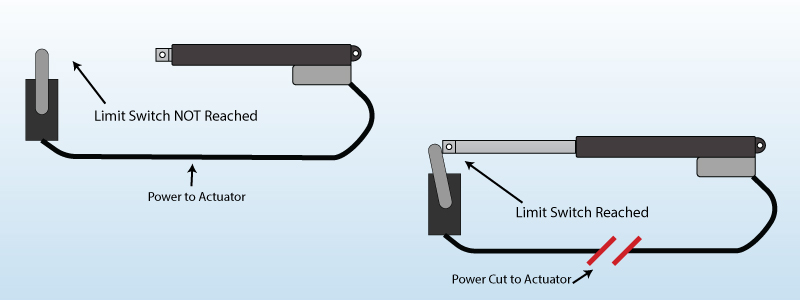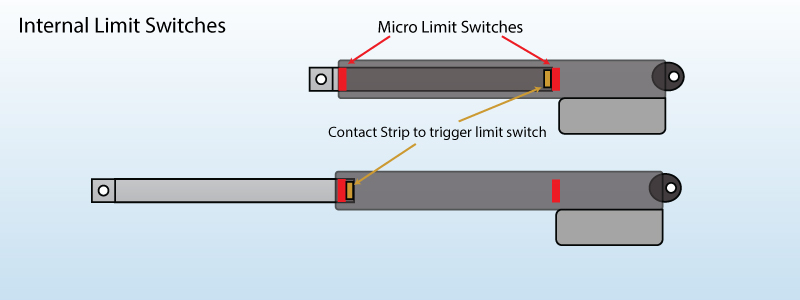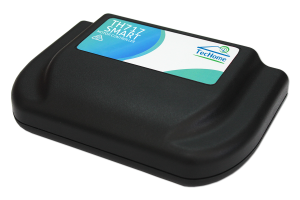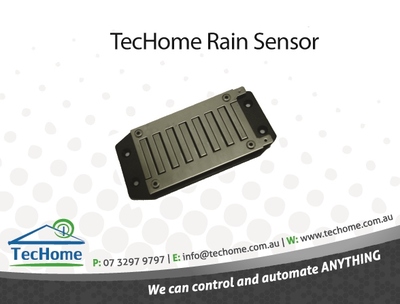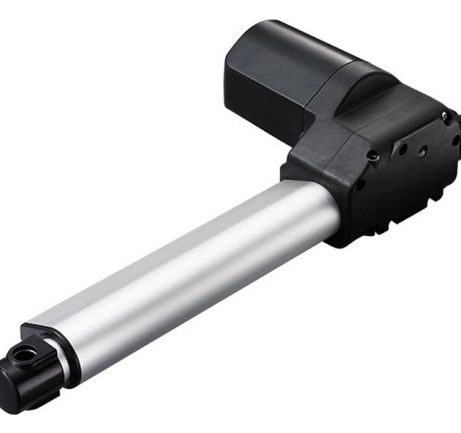Limit Switches and Actuators: What They Are and The Benefits They Provide
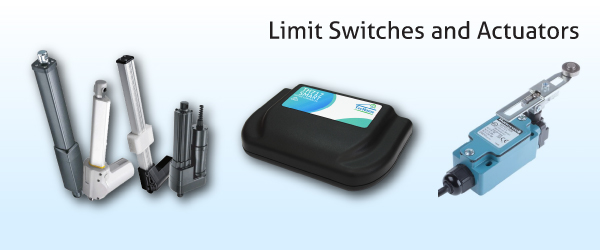
If you’re like most people, the terms limit switch and actuator probably mean very little to you. However, it’s important to understand the functions of the products you buy, so we’re going to walk you through the concept of limit switches in actuators, and explain why they’re beneficial.
What Is a Limit Switch in an Actuator?
A limit switch does just what the name implies: it stops an actuator at a certain stroke length. This saves gears from being stripped as it prevents the actuator from breaking whatever it’s pushing. This also serves to protect users from injury.
Limit switches are more effective than current overloads and sensing, as these methods will eventually still strip the gears since they are coming to a hard stop.
There are a few different types of limit switches.
External Limit Switch
These switches break the connection externally through the use of a mechanical button or lever. When either the actuator or the object it’s controlling hit this button or lever, the limit switch will break the connection and stop the actuator.
Internal Limit Switch
Much in the same way as an external switch, an internal limit switch is activated by a small strip of plastic inside the actuator, which breaks the connection as soon as it’s triggered.
Internal switches can be very small (some are called micro-switches), and since they’re mounted internally, there’s very little risk of external forces interfering. Plus, no wiring is required from the installer.
All of TecHome’s actuators come equipped with this sort of internal micro-switch, mounted on both retracted and extended ends of the actuator.
Why Choose Artificial Limits?
There is a third option for setting actuator limits in addition to these switches: using the TH717+ Smart Controller to set artificial limits by working in conjunction with the hall sensors.
The user can set this artificial limit at whatever number of pulses from the hall sensor they choose. Once that limit is reached, the TH717+ Smart Controller will trigger the artificial limit.
This type of limit is highly customizable; it can be set at any length and is highly accurate for any application.
Setting artificial limits with the TH717+ also allows you to set a “dynamic” limit switch (or a current limit), meaning power to the actuator will be cut when a certain current or force is applied. This function is especially useful for applications like opening windows, or any other where human intervention could occur.
Though every type of limit switch has its practical uses for safety and preventing damage, setting artificial limit switches with the TH717+ Smart Controller does the job more efficiently than any other.
Contact us at +61 (0)7 3297 9797, or reach out to info@techome.com.au with any questions!
- Mar 2019
- Jun 2019
- Jul 2019
- Oct 2019
- Feb 2020
- Mar 2021
- Jul 2021
- Sep 2021
- Oct 2021
- Nov 2021
- Jan 2022
- Feb 2022
- Mar 2022
- Apr 2022
- May 2022
- Jul 2022
- Sep 2022
- Oct 2022
- Nov 2022
- Dec 2022
- Jan 2023
- Feb 2023
- Mar 2023
- Apr 2023
- May 2023
- Jun 2023
- Aug 2023
- Oct 2023
- Jan 2024
- Feb 2024
- Apr 2024
- May 2024
- Jun 2024
- Jul 2024
